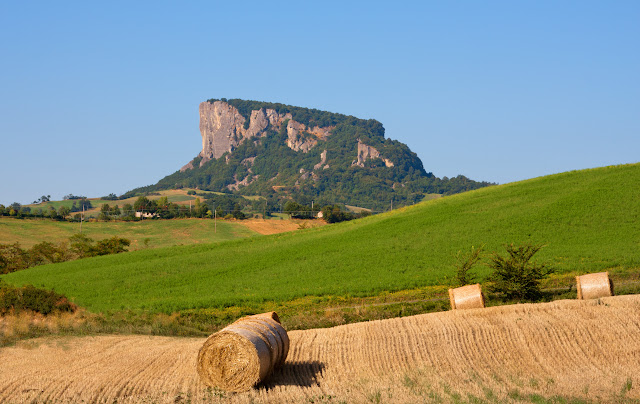Unveiling the Delicate Beauty of Molinara Wines from Veneto: A Grape with Surprising Depth and Complexity
Molinara is a grape variety primarily grown in the Veneto region of northern Italy. It is a blending grape used in producing red wines such as Valpolicella, Amarone, and Bardolino. While its role in these blends has diminished in recent years, it remains a crucial component in some traditional styles of Valpolicella and Bardolino.
Molinara is a vigorous grape variety that is relatively disease-resistant, but is susceptible to oxidation and is sensitive to high humidity. It produces medium-sized bunches of grapes with round-oval, red-purple berries covered in a powdery white bloom. The grape's skin is thin and easily degraded over time, making the grapes unsuitable for extended aging. Molinara is high yielding and requires careful attention in the vineyard, with a need for ample space to grow and very well-drained soils to avoid excess humidity.
The terroir and soil types of the Veneto region significantly impact the characteristics of Molinara wines. The region's hilly terrain, with elevations ranging from 50 to 500 meters above sea level, creates microclimates that affect the ripening of the grapes. The soil types in the region vary, but many are rich in limestone, which can impart minerality to the wines. The clay content of the soil can also affect the tannin structure of the wines.
Regarding flavor profile, Molinara grapes typically produce wines with delicate aromas of red berries and citrus, along with floral notes of fresh herbs and sweet spices. The wines are characterized by lively acidity and a marked saline streak on the palate, with a pale ruby color that tends toward rosé. Molinara monovarietal wines are similar to a rosé, while its role in blends adds complexity, freshness, and mouthwatering acidity.
While Molinara has traditionally been used as a blending grape, its delicate aromas and high acidity make it an exciting grape to explore. In addition, some producers are experimenting with monovarietal Molinara wines, highlighting the grape's unique characteristics and potential for complexity.
Overall, Molinara is a grape variety that offers a unique and intriguing expression of the Veneto terroir with crisp, fresh, and complex wines.
Bubbles of Complexity: Exploring the Intriguing Potential of Sparkling Molinara
Molinara is considered excellent for sparkling wines because of its high acidity, delicate aromas, and pale color. In particular, its crisp acidity and saline notes make it an ideal blending grape for sparkling wines, helping balance the sweetness and add complexity to the wine.Molinara also has a tendency to oxidize easily, which can be a disadvantage in still wines, but can actually be an advantage in sparkling wines that undergo secondary fermentation in the bottle. During this process, known as metodo classico, the wine is aged on the lees (dead yeast cells) for an extended period of time, which can give it a slightly oxidative character. Molinara's susceptibility to oxidation can therefore add to the wine's complexity and depth of flavor, making it an excellent choice for sparkling wine production.
Overall, Molinara's bright acidity, delicate aromas, and susceptibility to oxidation make it an ideal grape for varietal and blending into sparkling wines, helping to create crisp, refreshing, and complex wines.
Two Producers of incredible Molinara Sparkling:



Comments
Post a Comment